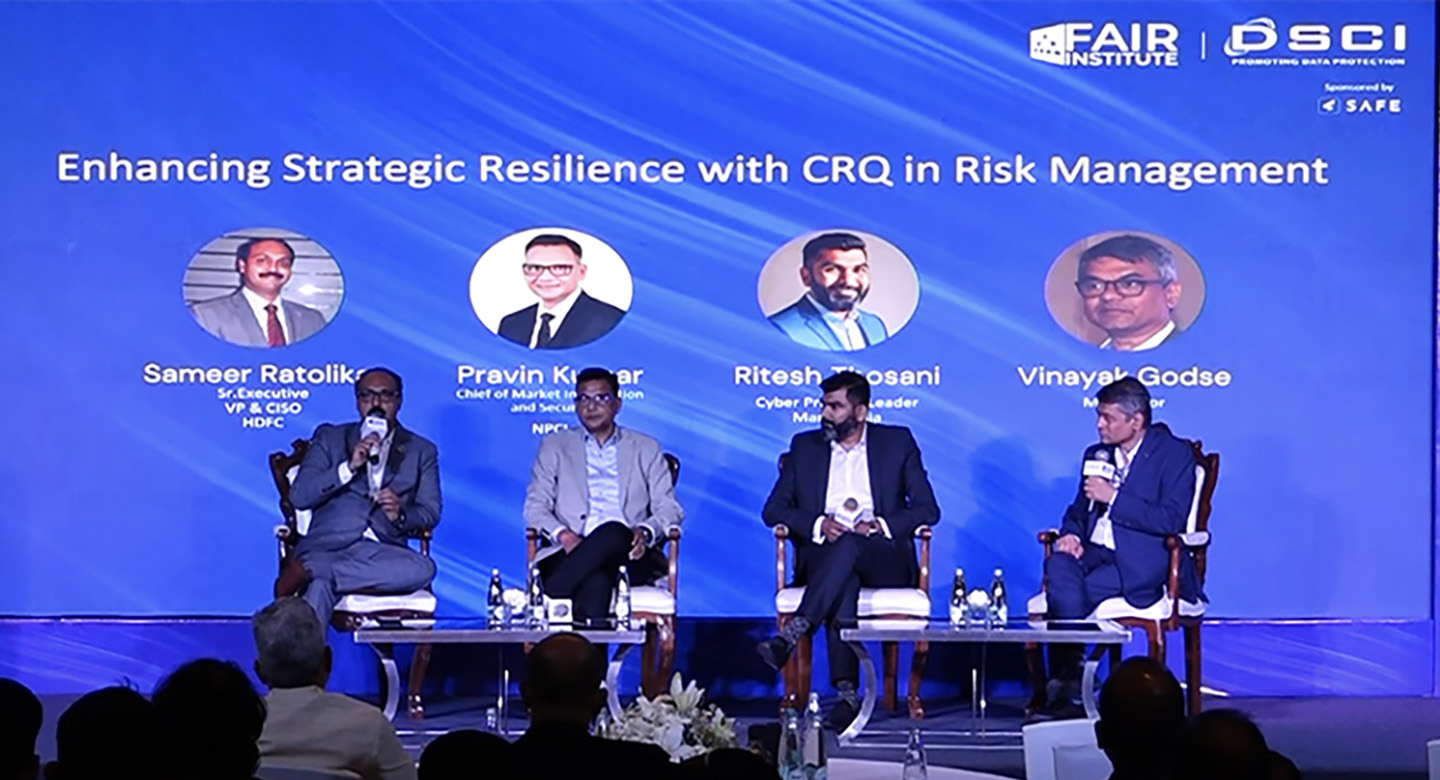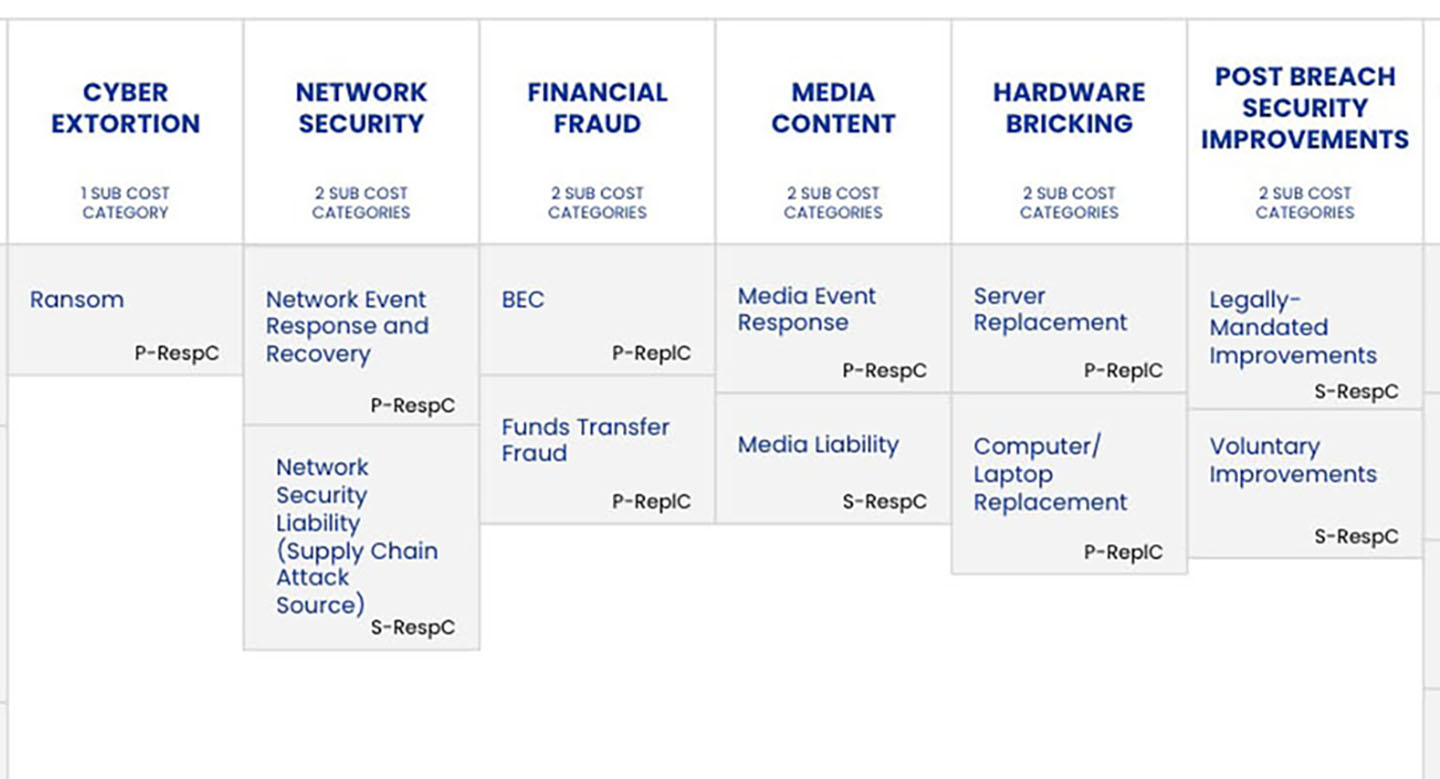
 As a risk consultant, I run a lot of meetings for project scoping or data gathering that bring together people from around a company, usually with different perspectives and agendas. Often these meetings require that everyone come together and agree on a direction for a risk analysis project.
As a risk consultant, I run a lot of meetings for project scoping or data gathering that bring together people from around a company, usually with different perspectives and agendas. Often these meetings require that everyone come together and agree on a direction for a risk analysis project.
Every time I finish a meeting, I ask myself “How could that interaction gone better?” I’ve been keeping a running list of challenges and successes, and my realization has been that:
All meetings can be positive regardless of differing opinions or uncertainty in the group, if we remember to work together toward an end goal.
I’ve summarized some of my scribbled notes below that I hope you’ll find useful for running your risk analysis project meetings.
1. Accept differing opinions
When beginning an analysis, you are going to rely on subject matter experts from all over the company. Additionally, you might have a diverse risk team involved. I’ve led meetings where some people had started a month ago, some had been with the company 15 years. This is your opportunity to learn from others in the business, based on their experience and perspectives.
Some participants may have the unique views or knowledge about your organization’s operation that might mean the difference between failure and success of your analysis. Listen to what they have to say and see what you can learn from them.
2. Ask questions
While you may be convinced that some opinions are wrong, it is still important to ask group members why they hold their opinions, to listen to their responses, and to ask every question you need so that the reasoning behind the opinions is surfaced.
But ask questions that drives towards a conclusion: We need to make sure that when we are analyzing or considering risks for the business, and the risks are actually a real situation that the business could face.
For instance, the risk team can agree on a scenario they believe to be relevant but then they go to the business to get data points and additional information, only to find out this isn’t an applicable scenario.
It is our duty to make sure that the product we deliver to management or to our stakeholders answers an unknown, drives a decision, or delivers value to the business. We will only get there by asking questions and ensuring that our work product, whether it be defining top risks or doing an analysis, makes sense.
3. Show others where you are coming from
Explain your take on those risks that you think are important, or how the data points you find significant have context. Be a persuader to guarantee that your points have meaning. Develop your argument by providing legitimate facts or context so your argument stands up. Your audience will feel better about your argument if you are able to address their concerns, so come prepared to answer their questions.
I truly believe that the business world is, by design, a teaming atmosphere and that we are all here to challenge each other. It’s that environment that will bring successful outcomes to our organizations. Make your argument, but let your coworkers and bosses challenge your thinking.
4. Remind yourself of the end goal
If emotions start to run high, take a moment to think about the end goal and come back to the discussion. If you see people in a meeting shifting their weight in their chairs, avoiding eye contact or crossing their arms, they probably feel uncomfortable. Try to tone it back a little bit and the discussion might smooth itself out. Always have respect for those around you—and remind them to re-focus on project goals.
The end goal is to go in front of management with a sound rationale. In my experience, people who present solid reasoning behind their data points will be taken seriously, whatever the group dynamic.
Related:









